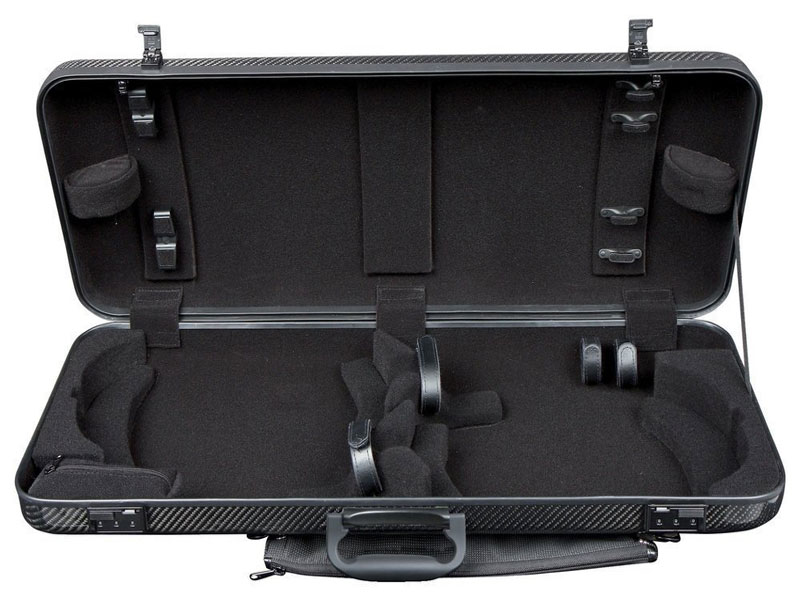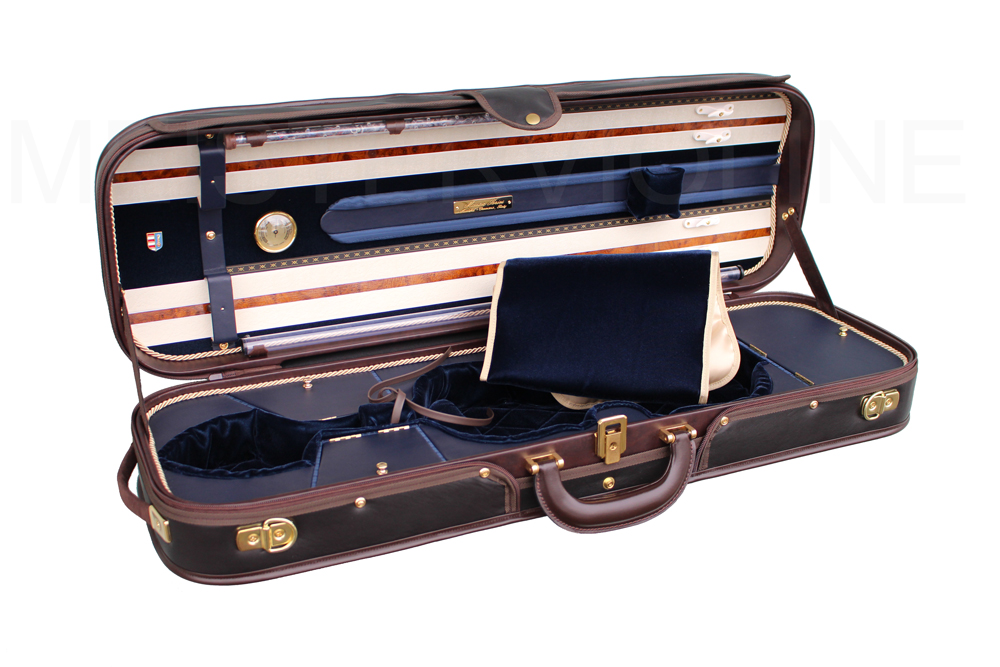The violin case - Little guideIt is very important to realize that the violin case is to the violin what a house is to a man. So protection. A violin that is properly stored in its case has a good chance of surviving the centuries undamaged. That's why you shouldn't skimp on it. You can find different violin cases in different shapes, made of different materials and different qualities. This small guide should help you to be better informed in order to protect your own instrument as best as possible. The violin case can be found as a shaped case or violin case.
Humidity: There is one thing that the violinist needs to think about, and that is the balanced humidity level of the air inside the violin case. Especially in winter, the instrument is exposed to greater climatic differences. One should keep this in mind. Hygrometers and humidifiers should not be missing in the violin case. With the modern use of lightweight materials together with a refined and exquisite construction technique, Musafia has succeeded in building lightweight wood-core cases that at the same time offer the instrument high-grade security. |
Copyright © 2006-2024 Meistervioline.com - Online store for string instruments & accessories Trusted Shops certified since 2017Shopsystem: Zen Cart








